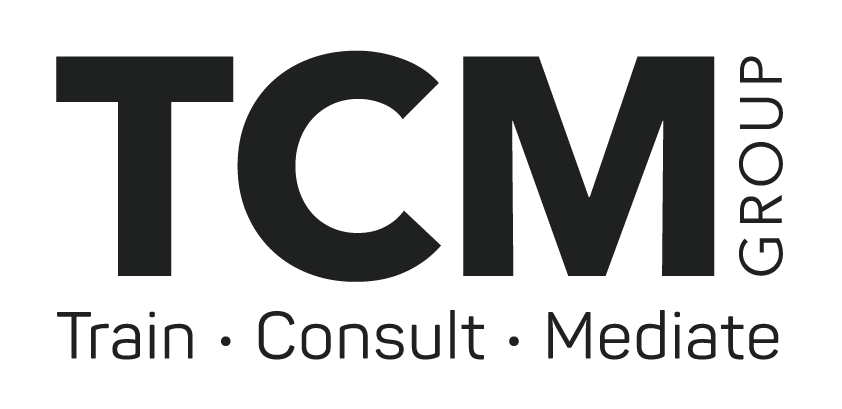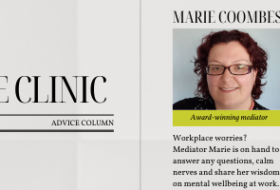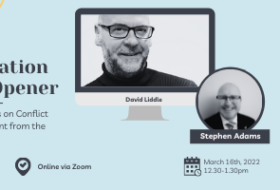It’s been a month since I carefully handed over my much-loved post as an Executive Director of HR/OD for a top performing NHS Foundation Trust. Over my 17 years there I was part of an amazing journey to become one of the very best employers in the NHS and I thought I would share some of my reflections on that path.
I cannot help thinking of the start and end points that have underpinned this journey. These include the fundamental impact of values, principles and systems which enabled us to build one team. By opening broad channels of listening and communicating this we became more responsive as an organisation, in doing so, we became much closer to our colleagues which allowed us to build longer-term mutual trust and respect.
It started with the realisation that our relationship with Trade Unions needed some work, to move away from the traditional adversarial interactions to a climate where we could solve any problems together. At times, we needed to show our vulnerability to allow us to be combined in a common purpose – to ultimately improve patient outcomes and make the Trust a better place to work and train. A great example of this common purpose was our work to improve our sickness absence rate. We (of course) tidied up our processes, but also agreed that if staff side would support us in reducing sickness absence (having listened and acted on some of their concerns); a percentage of what we saved in sick pay would be invested in new front line posts. Our journey had begun…
A common organisational battleground which created tension was the disciplinary and grievance policies in action, with numerous examples of one-upmanship, rabbits being pulled out of hats at meetings, and the inevitable appeal hearing which everyone dreaded. We recognised that we needed to get further upstream and prevent issues from escalating, making sure we had given managers the skills and confidence to use the quiet word, the guiding conversation or the compassionate enquiry into the why a colleague didn’t seem to be themselves… We needed to help each other learn from mistakes in a safe way (in all but the most serious of cases) rather than get into the traditional warnings process. Over a period of many years, we steadily improved, and there was a lot of learning along the way but this really helped to break down the traditional barriers and focus on building mutual trust and respect.
Some of our biggest learnings came from this initial period of reviewing our processes and procedures and using data and intel to target intervention. For example, our biggest cause of sickness absence was as a result of mental health illness, particularly stress and anxiety. Workplace conflict contributed to this as well as the traditional disciplinary and grievance processes. Understanding this further allowed us to rethink what was standard practice. We started a programme to train mediators in the Trust from a wide variety of backgrounds and organisational levels. We amended our policies to include mediation as a credible alternative to formal processes and, as a result, our grievance cases and dignity at work cases gradually began to fall away. We did this using the expertise of TCM and although it is by no means a soft option, it leaves relationships with a chance to repair and puts the responsibility for the breakdown with those who have caused it – instead of it being handed over to the employer to act as judge and jury.
Another fundamental step was harnessing the power of listening to colleagues and acting on what we had heard. Never more important than at the height of the pandemic where we acted on comments on our staff Facebook page, did regular pulse surveys to understand how best to support our staff and then act on it. Everything from virtual coffee and catch-up calls with shielding staff to opening our own PPE factory. We were able to respond instantly to concerns raised. Staff felt comfortable to raise concerns because of the years of work to create an open culture and one that is build on trust and respect.
I have been fascinated recently to read the book by David Liddle “Transformational Culture” as in many ways it provided a model of how to achieve the changes we had made (and a lot more) but in a planned rather than organic way. These are important and fundamental changes to an organisation’s culture, that help us all flourish, safe in the knowledge that if we make a mistake, we can learn from it and move on. If we had been able to follow “Transformational Culture” then maybe we would have made faster progress.
It is important however to note that this journey never ends… and never will. It is something that constantly requires attention and one that moves with the evolution of working life as trends and common practice changes.
About the author
Ann Stringer is Resolution Consultant at The TCM Group (Train. Consult. Mediate.)
If you would like to discuss Ann’s post in more detail, please contact her at [email protected]








